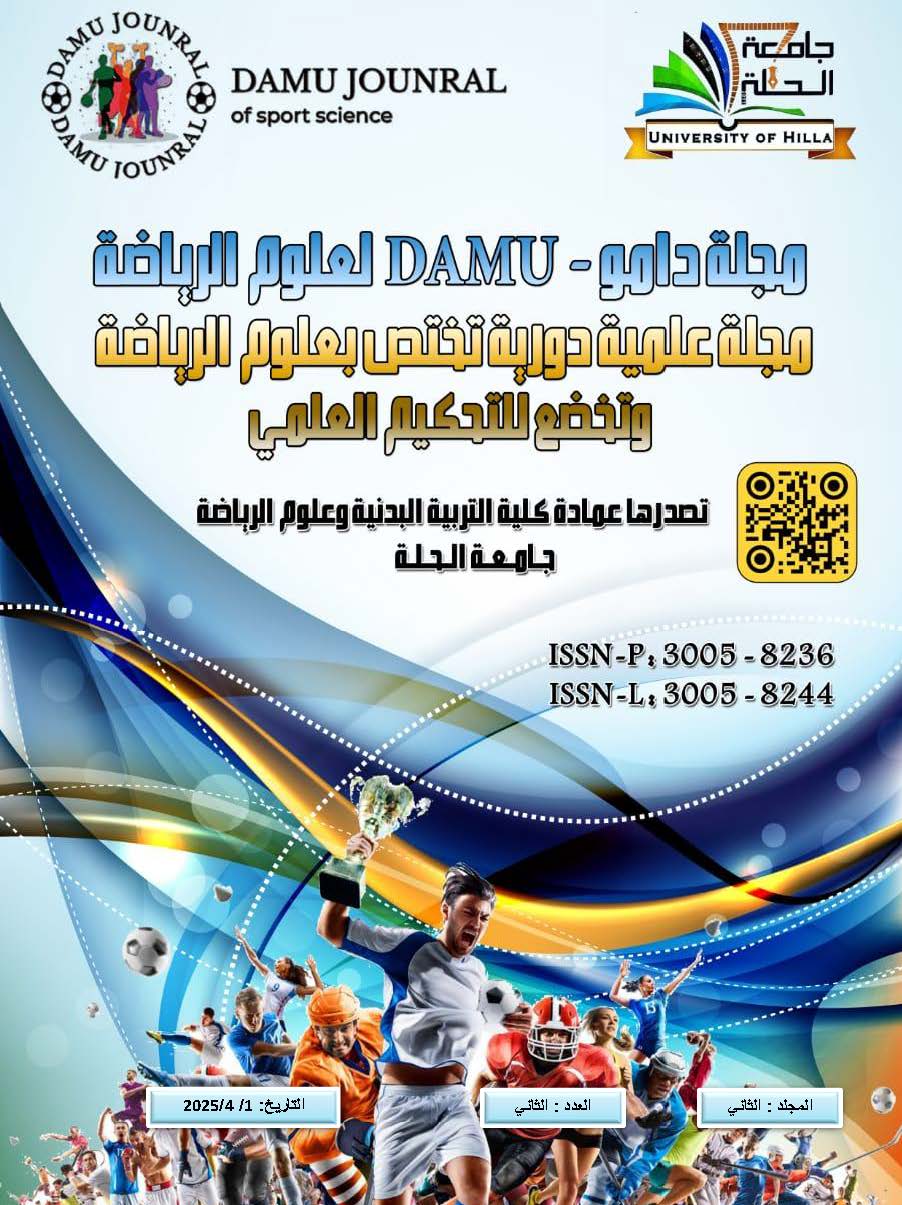The Effect of Using the "Flexible Groups Strategy" on Learning and Accuracy in Performing the Skills of Serving and Receiving in Volleyball for Second-Year Female Students in the College of Physical Education and Sports Sciences
DOI:
https://doi.org/10.64002/z5tsxf54Keywords:
Flexible Groups Strategy, volleyball serving skillAbstract
The research addressed the learning process using the Flexible Groups Strategy to enhance the performance of the volleyball skills of serving and receiving among the female students in the sample. Based on the researcher’s experience as a university instructor, it was observed that there are challenges and difficulties in the educational process, particularly in learning volleyball skills. These challenges are linked to the use of conventional methods that impact the educational process, which often fail to provide sufficient excitement and motivation for learning, neglect individual differences among students, and do not encourage students to employ mental strategies and logical thinking. Therefore, the researcher employed the Flexible Groups Strategy to enhance the learning process and accuracy in performing the skills of serving and receiving in volleyball. This strategy aimed to address some of the deficiencies in skill acquisition and helped resolve the educational challenges. A comparison was made between the Flexible Groups Strategy and the traditional command method for teaching the stages of serving and receiving performance among the sample of female students.









